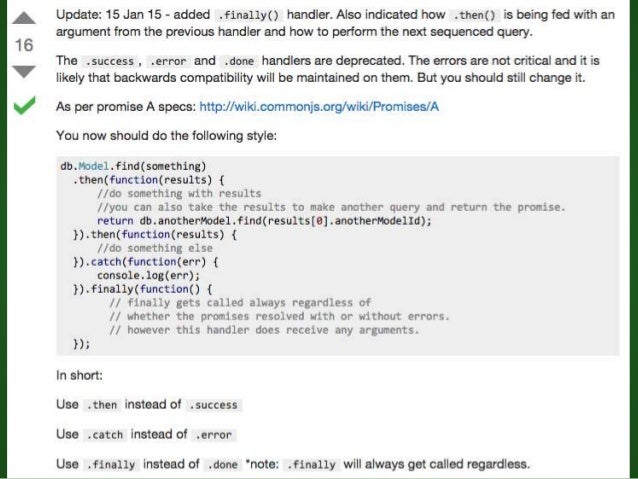

Now we are using the Sequelize models that connect us to the PostgreSQL database. Previously, these models have been sample data. In our src/index.js where we set up and start the Express application with the PostgreSQL database, we already have a Express middleware in place which passes the models as context to all of our Express routes. We will build a Node.js Express application in that: User can signup new account, or login with username & password.
#Express session postgres how to#
You'll also learn how to install PostgreSQL and use the command-line interface to interact with it. The API will support HTTP request methods that correlate to the PostgreSQL database from which it gets its data. Per the Redis documentation, we don’t have to provide a. We'll go over how to use node-postgres to connect an Express.js server to PostgreSQL.

2) Initialize Redis from the command line prompt (make sure it’s installed).
#Express session postgres registration#
That's why we need to wire our Express routes to PostgreSQL via Sequelize to marry both worlds. Overview of Node.js Express Login & Registration example. Redis store integration with an Express server. Once npm installed the module, you need to create the session table in your database. Now we want to make sure that every CRUD operation going through this REST API reads or writes from/to the PostgreSQL database rather than using sample data as we did before for our Express routes. This command sets the session user identifier and the current user identifier of the current SQL session to be username. A simple, minimal PostgreSQL session store for Connect/Express. Previously we have set up PostgreSQL in our Express.js application and seeded the database with initial data, but didn't use it in Express for the RESTful API yet. This section focuses first on connecting PostgreSQL to Express for our REST API. Everything that would be missing is the frontend application with React, Angular, Vue or something else. It's perfect for establishing a PERN (PostgreSQL, Express, React, Node), PEAN (PostgreSQL, Express, Angular, Node), or PEVN (PostgreSQL, Express, Vue, Node) tech stack. It gives you everything to expose an API (Express routes), to add business logic (Express middleware and logic within Express routes), and to use real data with a database (PostgreSQL). Node + Express + PostgreSQL is a powerful tech stack for backend applications to offer CRUD operations. Part 4: Setup PostgreSQL with Sequelize in Express.Part 3: How to create a REST API with Express.js in Node.js.The two technologies partner well as a foundation for modern, microservices-based applications. Part 2: How to setup Express.js in Node.js PostgreSQL has also risen in popularity, to compete with MySql.Node. Part 1: The minimal Node.js with Babel Setup In this course, you’ll learn how to build a JSON Web Token authentication and authorization API server with Node.js, ExpressJs, Typescript, Prisma, PostgreSQL, Docker-compose, and Redis.This tutorial is part 5 of 5 in this series.


 0 kommentar(er)
0 kommentar(er)
